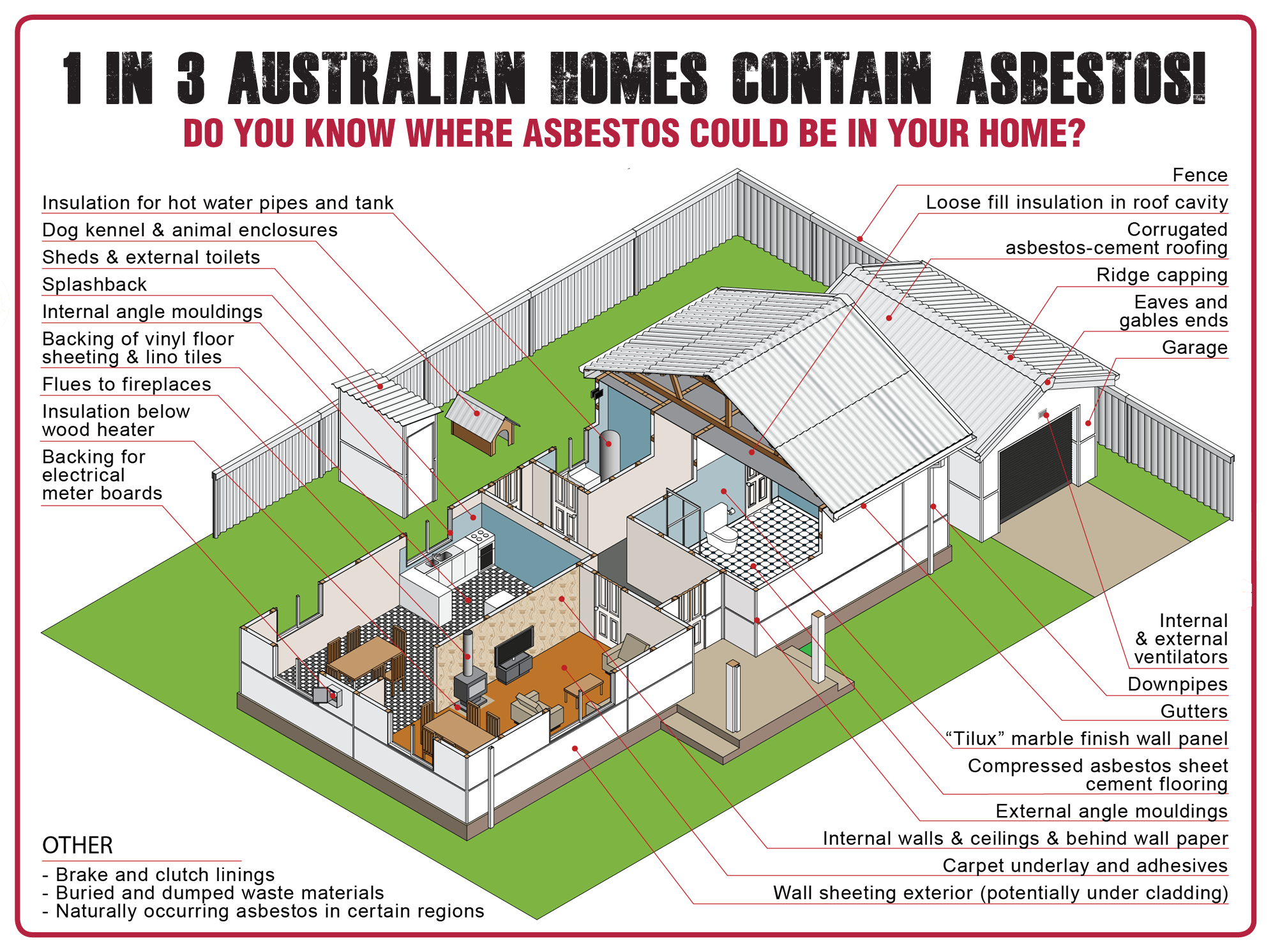
Why is it important to keep an Asbestos Awareness Healthy House Checklist of where asbestos might be in your home?
Asbestos-containing materials can be found in any Australian home built or renovated before 1987. Although asbestos was banned in Australia in 2003, thousands of different types of products remain hidden dangers in 1 in 3 homes including brick, weatherboard, fibro and clad homes – even apartments. It could be anywhere!
Without knowing where asbestos-containing products might be located or how to manage asbestos safely, Australian's risk disturbing asbestos and releasing fibres when renovating or maintaining homes.
To assist homeowners in identifying various types of asbestos-containing products and where they might be found in homes, the Asbestos Awareness Healthy House Checklist is intended for use as a guide only. It is a visual inspection and is not a ‘formal’ Asbestos Register and Management Plan.
How dangerous is asbestos?
Inhaling asbestos fibres or dust can cause asbestos-related diseases including lung cancer and malignant mesothelioma. It’s extremely important for all Australians to safely manage asbestos-containing materials that might be found in and around homes.
If asbestos materials are sealed, undisturbed and in good, stable condition they are unlikely to release fibres and pose a health risk. However, if these materials are disturbed or unsealed the fibres can be harmful to your health and the health of your family.
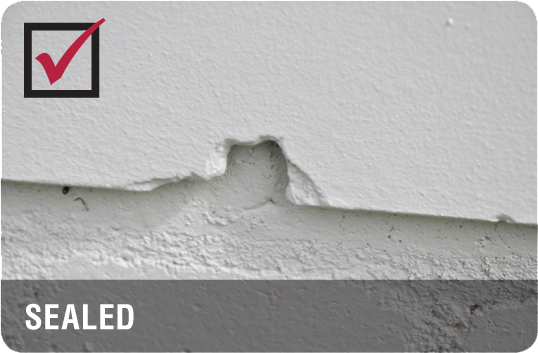
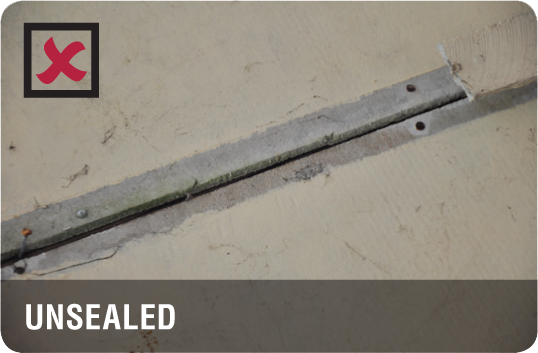
Types of Houses






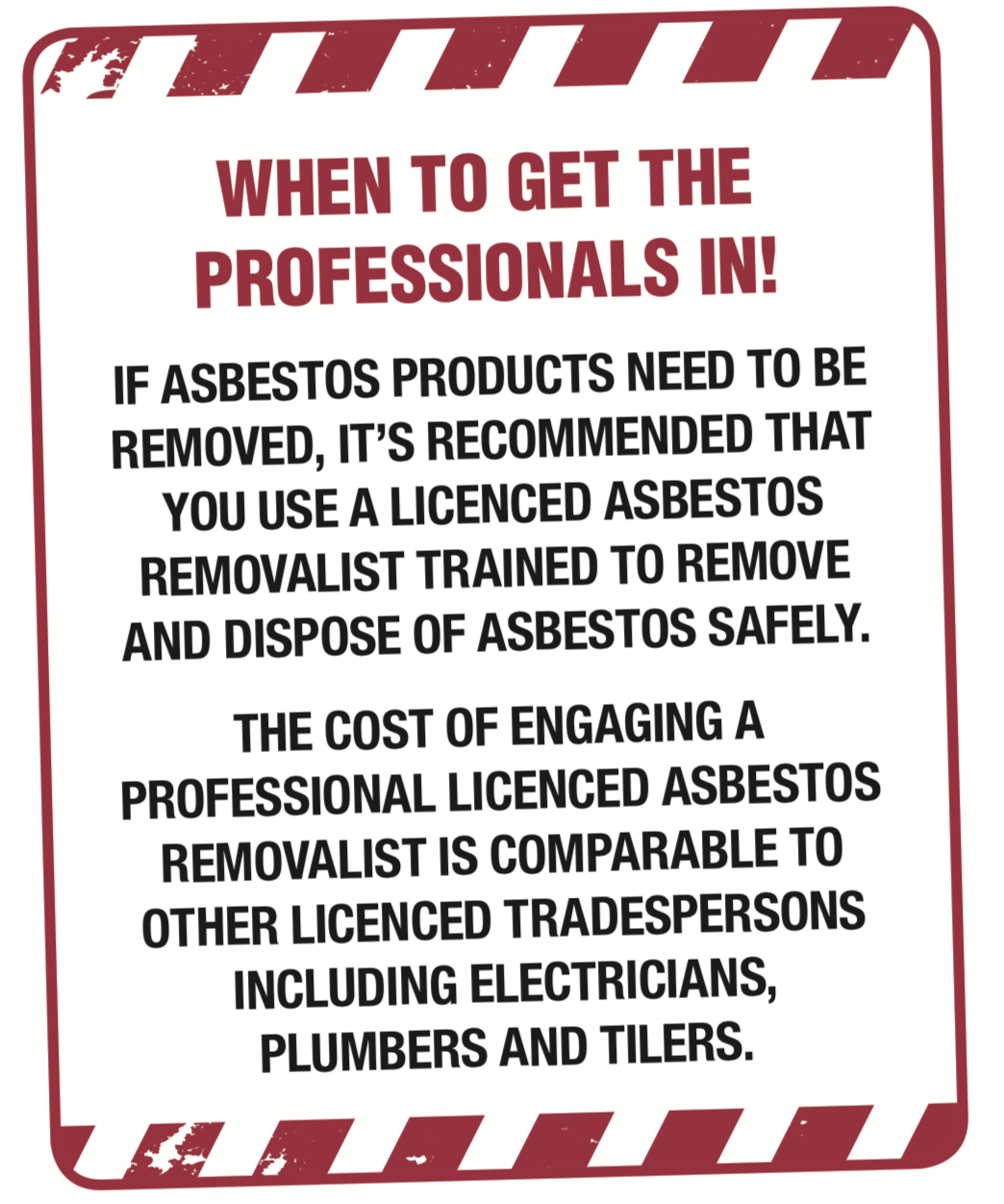
ARE HOMEOWNERS REQUIRED TO KEEP AN ASBESTOS REGISTER AND MANAGEMENT PLAN?
Homeowners are not required to keep and maintain an ‘Asbestos Register and Management Plan’ for their property. However, on worksites, it’s compulsory to develop an ‘Asbestos Register and Management Plan’ ensuring asbestos is identified and managed and/or removed according to health and safety regulations. Some homes undergoing renovations may be considered a ‘worksite’. Check with your Council and State or Territory Government to confirm if tradesmen are required to create and manage an Asbestos Register and Management Plan for your property. If it is required, be sure to ask for a copy for your records.
DO I NEED TO REMOVE ASBESTOS?
Generally, you don’t need to remove asbestos if it’s sealed and in good condition. If it is asbestos-cement sheeting (fibro), paint it using good quality paint and leave it alone but check it occasionally for any signs of wear and tear.
WHAT IF I FIND ASBESTOS THAT HAS BEEN DAMAGED?
Visit asbestosawareness.com.au to download a Fact Sheet for basic steps on how to make simple repairs to seal asbestos or remove small amounts of asbestos safely.
HOW DO I KNOW IF MY HOME CONTAINS ASBESTOS?
If your home was built or renovated before 1987 it will most likely contain asbestos in some form or another.
HOW CAN I FIND OUT IF MY HOME WAS BUILT OR RENOVATED BEFORE 1987?
Contact your Council. Some have online databases however, not all refurbish-ments require Council approval. Asbestos may have been introduced to your home if it underwent any renovations, repairs or refurbishments such as replacing/adding floorcoverings or tiles prior to 1987.
WHERE CAN I GO TO LEARN WHERE ASBESTOS PRODUCTS MIGHT BE FOUND?
View a short video, ‘Asbestos In Your Home – The Ultimate Renovators Guide’ to help identify various locations in homes where asbestos might be found.
WHERE CAN I FIND INFORMATION ON THE SORTS OF PRODUCTS TO LOOK FOR?
Visit asbestosawareness.com.au to search the ‘Asbestos Product Database’. Accessible on mobile and desktop devices, the database is user friendly and provides people with multiple search options and features images of products commonly found in homes.
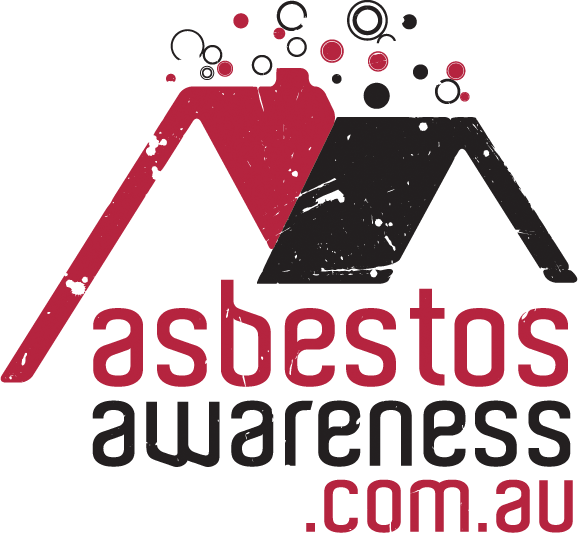
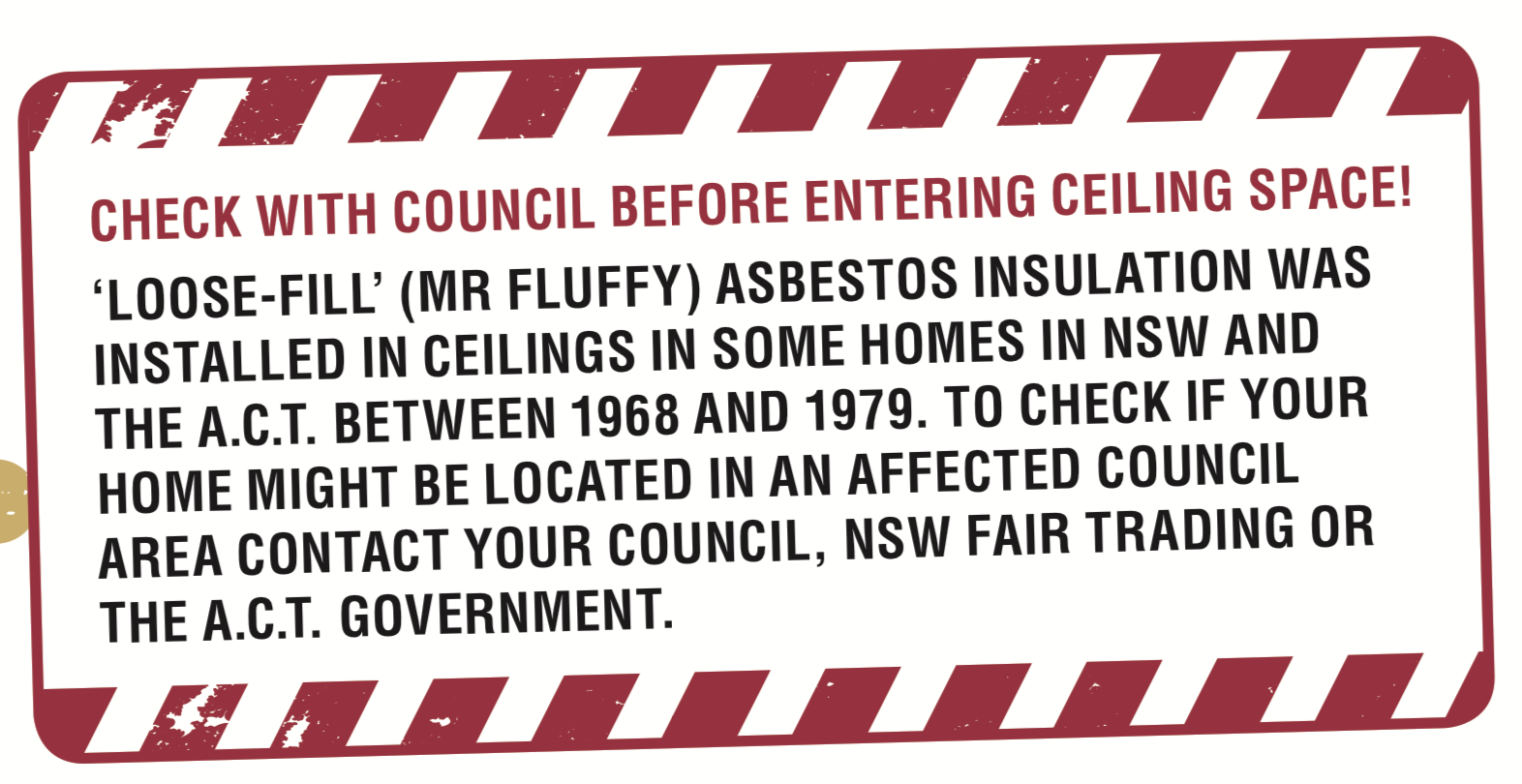
WHAT ARE SOME OF THE MOST COMMON ASBESTOS PRODUCTS FOUND IN HOMES?
Asbestos may not just be in building materials like walls, ceilings roofing and fences. Asbestos was commonly used in wet areas and in relation to heating including wood heaters, stoves and in sheeting beneath hearths.
The most common uses for products include:
ARE THERE OTHER HEALTH HAZARDS RESIDENTS NEED TO BE AWARE OF?
Yes. Lead. Most Australian homes built or renovated before 1997 can contain lead paint and other lead products including flashing around roofs, windows, doors and chimneys, solder on pipes, rainwater tanks, galvanised roofs and gutters. Breathing dust that contains lead can be harmful to your health. Lead dust caused from the breakdown of paints could be in ceilings, wall cavities, under floors, carpets, cavity dust and in soil surrounding your home. Some treated timbers can also contain toxins which if inhaled in smoke or in dust, can cause serious health problems. Before working with treated timber, painting or renovating visit your State or Territory Government website to learn how to manage these hazards safely.
SIMPLE STEPS TO CREATING AN ASBESTOS AWARENESS HEALTHY HOUSE CHECKLIST.
By creating this ‘Checklist’ you’ll become more aware of the possible locations where asbestos might be found in your home so you can better maintain it and ensure asbestos is managed safely, particularly if planning renovations. If you come across asbestos that is damaged or needs to be sealed or painted, use this Checklist to schedule repairs, maintenance or removal.














